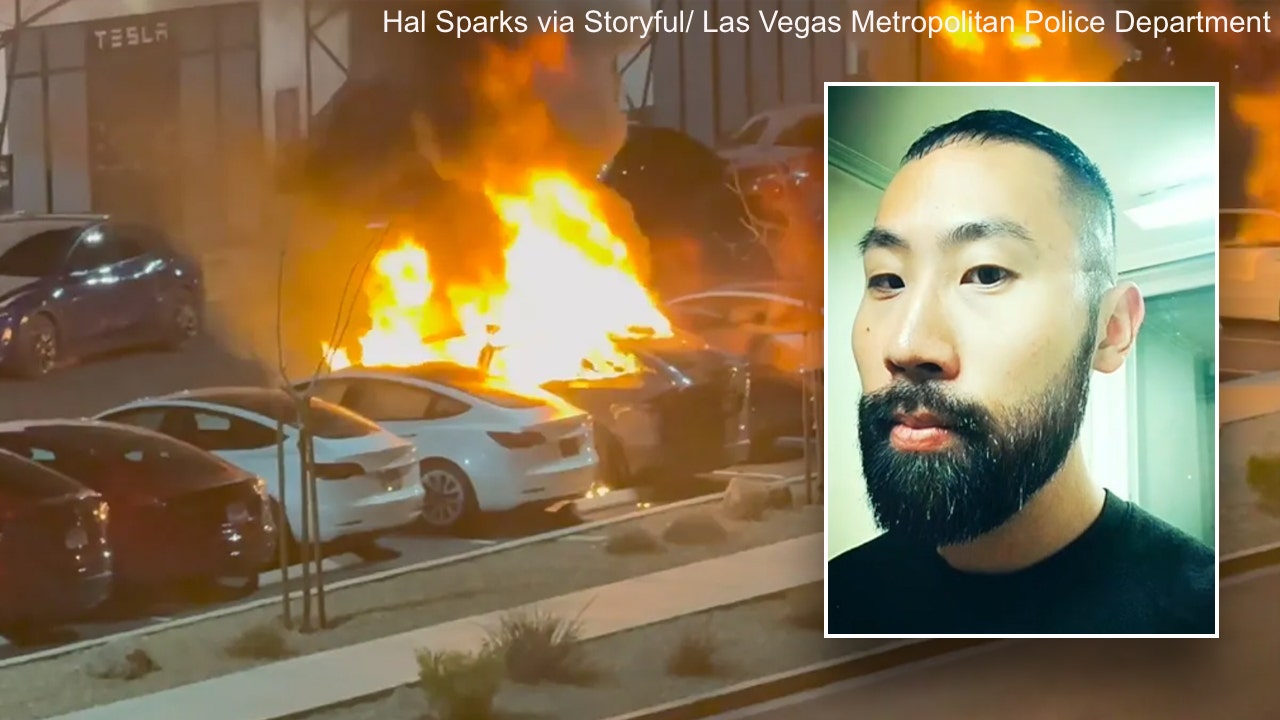Four years later, that documentary, “Sugarcane,” is up for an Oscar on Sunday night. The investigation at the heart of our film found evidence that babies born to Native girls, including some fathered by priests, had been adopted or even put in the incinerator at St. Joseph’s Mission to be burned with the trash. “Sugarcane” is, to our knowledge, the first work in any medium to uncover evidence of infanticide at an Indian residential or boarding school in North America. In addition, we learned this was, in part, my father’s story. Born to Native parents and found by a nightwatchman after his birth, he is the only known survivor of infanticide at the school.
The findings in our film raise a question: If such things were covered up at one school, what might be true at the other 138 Indian residential schools across Canada? And what remains hidden at the hundreds of Native American boarding schools that operated across the United States — where, unlike in Canada, there has been scant inquiry and even less reckoning with this history?
It’s an honor to be the first Indigenous filmmaker from North America to be nominated for an Academy Award. But I better not be the only one for long. Some might see this nomination as historic and proof that Hollywood has come a long way from the time when studios portrayed Indians dying at the hands of swaggering cowboys. That era of western movies coincided with the heyday of the residential schools, which were designed to kill off Indigenous cultures and which led, in some cases, to the death of children themselves.
These foundational chapters in North American history — a cultural genocide that spanned over 150 years — have remained largely obscured and suppressed. Currently, right-wing parties in both Canada and the United States are trying to shroud the historical record. We must redouble our efforts to collect and preserve the memories of the elderly survivors of this system and tell their stories before they’re gone and it’s too late. Because it can, and is, happening again.
Policies like the separation of families, many of them Indigenous, at the southern American border, along with the return of explicit calls for land grabs and ethnic cleansing, are not imported — they’re homegrown. Hollywood, like so many industries, appears on the brink of cowing to revanchist attacks on pluralism and difference.






